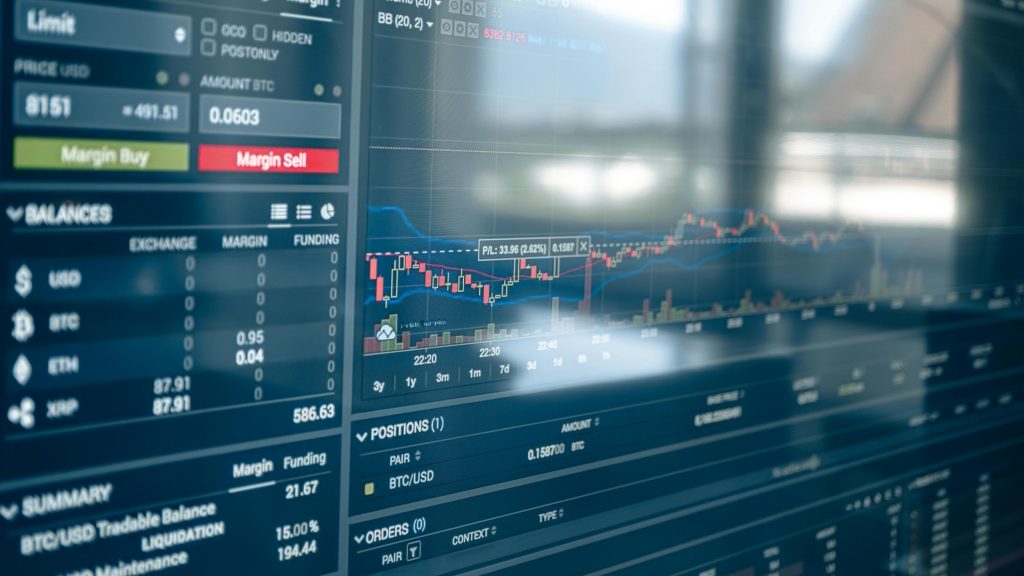Every investor knows that diversification is the key to success – according to the principle of not putting all your eggs in one basket. But how to find the golden mean when it comes to investing in precious metals? Gold, which has been seen as a safe haven for centuries, and silver, dynamically gaining in value, offer unique opportunities. Currently, an ounce of silver is as much as 80 times cheaper than an ounce of gold, which makes it a more accessible and at the same time undervalued asset. Can you effectively manage risk and make profits by investing in both metals? Here is a practical guide to help you find the right balance in your portfolio.
Advantages of investing in precious metals
Both gold and silver have been used for centuries as capital protection and a tool to generate profits. Their advantages make them irreplaceable elements of a well-diversified portfolio.
Gold as an asset:
- Stability in times of economic and political crises.
- Protection against inflation and currency depreciation.
- High liquidity, enabling quick disposal.
Silver as an alternative:
- Lower entry threshold – available even for novice investors.
- Growing demand in industry, m.in. in technology and photovoltaics.
- Greater price dynamics, which gives a chance for faster profits.
How to balance gold and silver in an investment portfolio?
The appropriate breakdown between gold and silver depends on your investment goals, time horizon, and risk tolerance.
Gold for stability:
The World Gold Council recommends that 2-10% of the value of the portfolio should be gold. More cautious investors can increase this share to 20% or more.
For long-term investments, gold should dominate, e.g. 70% of the portfolio in gold and 30% in silver.
Silver for dynamic returns:
Silver is a great complement to the portfolio, especially if the investor is aiming for a shorter time horizon. You can increase its share to 50% to take advantage of larger price fluctuations.
Differences Between Gold and Silver in Investments
Gold and silver share common characteristics, but the differences between them affect investment strategies.
Price and availability:
Gold is more expensive but more stable, making it a better choice for tough times.
Silver is more affordable, which allows novice investors to enter the market more easily.
Price volatility:
Silver has higher volatility, which gives you more potential for short-term gains, but comes with more risk.
Industrial Use:
Silver is widely used in industry, m.in. electronics and renewable energy, which affects its market value.
Gold and silver investment strategies
Investing in both metals requires the right strategy to maximize benefits and mitigate risk.
Regular shopping:
Buying gold and silver at regular intervals avoids the effects of sudden price fluctuations.
Alignment with the purpose:
If you want to protect your capital, bet on a higher share of gold.
If you’re looking for faster returns, increase the proportion of silver in your portfolio.
Risk management:
Maintain a balanced division between gold and silver by adjusting the proportions according to the current market situation.
Where to buy investment gold and silver?
To achieve your investment goals, it is worth betting on certified high-quality products. The idfmetale.pl store offers a wide selection of investment gold and silver, including bullion bars and coins. Certified metals available in the offer ensure liquidity and security of transactions.
A combination of gold and silver in an investor’s portfolio. Summary
Gold and silver are metals that can effectively complement each other in an investment portfolio. The key to success lies in the right distribution, which depends on individual goals and risk tolerance. Gold’s stability and silver’s dynamism allow investors to respond flexibly to market changes and achieve long-term benefits.
Investing involves risk. Please note that our article is not an encouragement to invest, nor is it a guide on which you should build your own strategy. Each person should adapt it to their personal needs and abilities.
